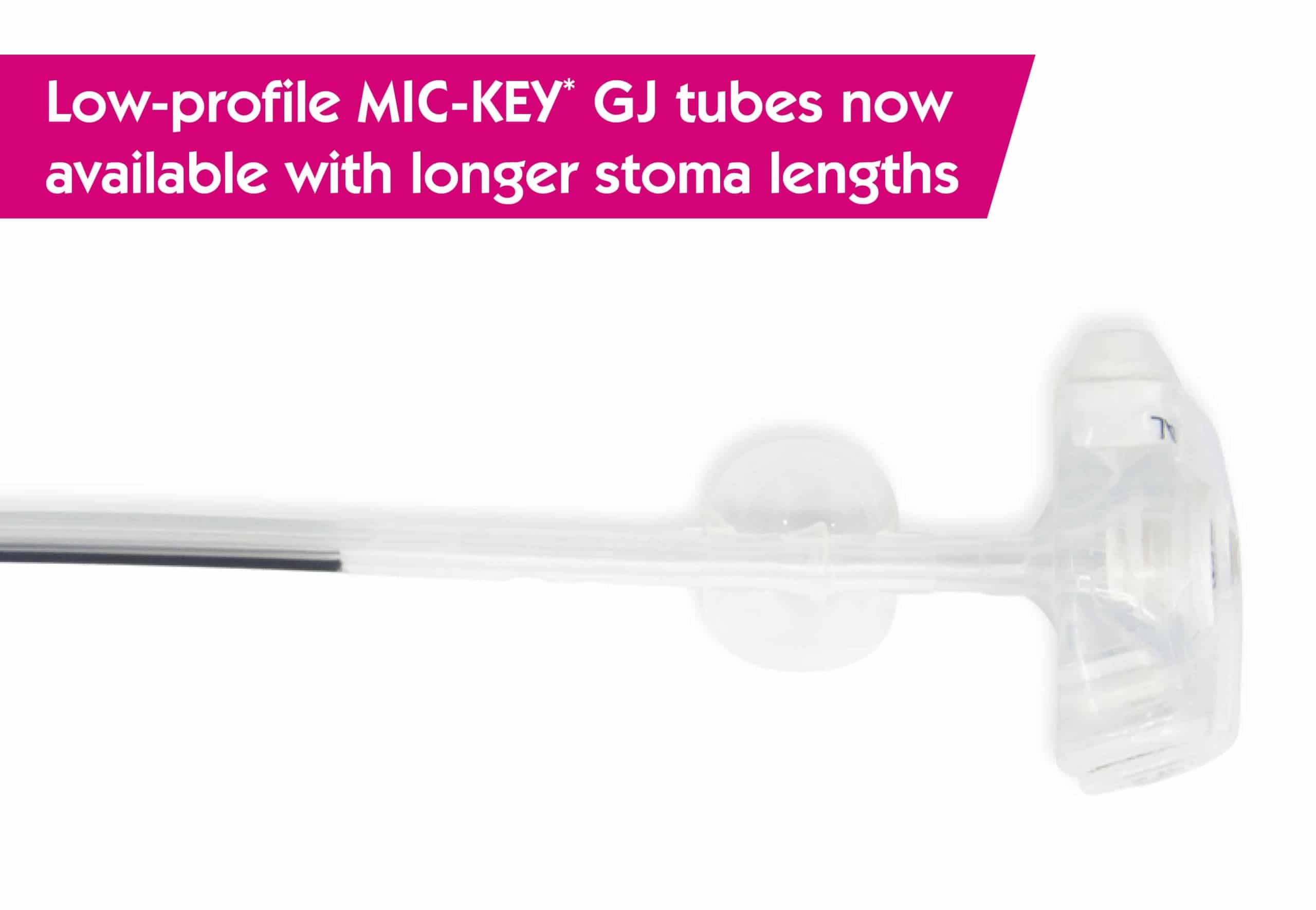Introduction
Providing nourishment and sustenance to loved ones with feeding difficulties can be a challenging yet rewarding endeavor. Among the various feeding tube types available, the MIC-KEY feeding tube stands out as a widely used option. Understanding how to use it effectively is crucial for ensuring the well-being of individuals who rely on it. This comprehensive guide will empower caregivers with the knowledge and practical tips necessary to safely and efficiently administer feedings through a MIC-KEY feeding tube.

Image: www.youtube.com
Understanding the MIC-KEY Feeding Tube
A MIC-KEY feeding tube is a low-profile, gastrostomy feeding tube designed for long-term enteral feeding. It is typically inserted into the stomach through a small incision in the abdomen, creating a direct pathway for delivering liquid nutrition. The tube is made of silicone, making it flexible and less likely to cause discomfort.
Patient Preparation
Before administering feedings, it is essential to prepare the patient. Position the individual in a semi-recumbent position, slightly elevated to minimize the risk of aspiration. Ensure the feeding tube is clamped and the port cap is removed.
Equipment Gathering
For safe and efficient feedings, gather the following equipment:
- Feeding bag or syringe filled with the prescribed liquid nutrition
- Feeding pump (if using a continuous feed)
- Stethoscope
- Gloves
- Water for flushing

Image: www.vygon.co.uk
Feeding Administration
Once the patient is prepared and the equipment is gathered, follow these steps:
- Flush the feeding tube with 10-20 ml of water using a 60-ml syringe.
- Suspend the feeding bag approximately 12-18 inches above the patient’s stomach.
- Connect the feeding bag to the feeding tube.
- Position the stethoscope over the patient’s abdomen and listen for a “gurgling” sound. This indicates the feeding is passing through the tube correctly.
- Set the feeding pump to the prescribed rate or administer the liquid nutrition manually.
- Once the feeding is complete, flush the tube with 10-20 ml of water again.
Troubleshooting
If you encounter any difficulties during administration, refer to the following troubleshooting tips:
- No gurgling sound: Reclamp the tube, disconnect the feeding bag, and check for kinks or blockages. If necessary, flush the tube with warm water.
- Vomiting or diarrhea: Stop the feeding and notify the healthcare provider.
- Severe abdominal pain: Cease feeding and seek immediate medical attention.
- Leakage around the tube: Check the balloon inflation and the tube’s fit. If necessary, contact the healthcare provider for further guidance.
Care and Maintenance
Regular care and maintenance of the MIC-KEY feeding tube are crucial:
- Clean the port cap daily with warm soapy water and rinse it thoroughly.
- Change the feeding bag every 24 hours.
- Replace the feeding tube every 3-6 months, or as directed by the healthcare provider.
- Flush the tube with 10-20 ml of water before and after each feeding, and at least twice a day.
Expert Insights
According to Dr. Sarah Jones, a registered dietitian specializing in enteral nutrition, “Proper use of a MIC-KEY feeding tube can significantly improve the nutritional status and overall well-being of individuals who rely on enteral feeding.” She emphasizes the importance of adhering to the prescribed feeding regimen and maintaining a clean and functional feeding tube.
How To Use A Mic-Key Feeding Tube
Conclusion
Mastering the administration of feedings through a MIC-KEY feeding tube is an essential aspect of providing comprehensive care to loved ones with feeding difficulties. By diligently following the steps outlined in this guide, caregivers can ensure that their loved ones receive the necessary nourishment and maintain optimal health. Remember to consult with a healthcare professional with any concerns or questions, and embark on this journey with patience, compassion, and a commitment to delivering the best possible care.